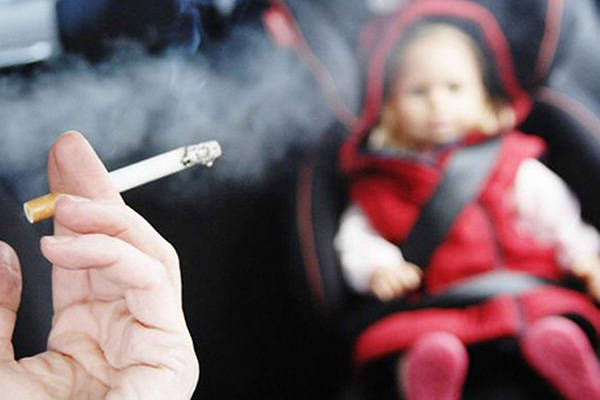Second-Hand Smoke
There are many articles to date that highlight the medical risk associated with smoking for the smoker. In an article by the CDC, they state, “Smoking leads to disease and disability and harms nearly every organ of the body.
More than 16 million Americans are living with a disease caused by smoking. For every person who dies because of smoking, at least 30 people live with a serious smoking-related illness. Smoking causes cancer, heart disease, stroke, lung diseases, diabetes, and chronic obstructive pulmonary disease (COPD), which includes emphysema and chronic bronchitis. Smoking also increases risk for tuberculosis, certain eye diseases, and problems of the immune system, including rheumatoid arthritis.
Second-hand smoke (the smoke a smoker breathes out, and that comes from the tip of a burning cigarette containing over 4,000 chemicals) exposure contributes to approximately 41,000 deaths among nonsmoking adults and 400 deaths in infants each year. Second-hand smoke causes stroke, lung cancer, and coronary heart disease in adults. Children who are exposed to second-hand smoke are at increased risk for sudden infant death syndrome, acute respiratory infections, middle ear disease, more severe asthma, respiratory symptoms, and slowed lung growth.”
Attention-deficit/hyperactivity disorder, and learning disorders are now linked to second-hand smoking.
Science Daily stated that children whose parents smoke at the time they are the age of 12 are twice as likely to begin daily smoking between the ages of 13 and 21 when compared to children of nonsmoking parents.
As tobacco use is the leading preventable cause of death in the United States, the Centers for Disease Control and Prevention continues to try and develop prevention programs.
The University of Washington found parents are the most significant contributors to a child’s decision to smoke.
The American Academy of Pediatrics has conducted research regarding third-hand smoke, the residue left behind where people have smoked, such as the walls, upholstery, or in a child’s hair. They have found that the harmful toxins remain in place and add to health hazards for those who gain cross-exposure.
Second-hand smoke also affects household pets in multiple ways. Dogs exposed to second-hand smoke can develop lung cancer and other respiratory issues while also being more prone to developing allergies and eye infections. Colorado State University found that dogs exposed to second-hand smoke for a prolonged period of time were more at risk for nasal cancer. Cats do not develop lung cancer from second-hand smoke as often as dogs, but it does happen. Cats ingest carcinogens, smoke, and tar. Cats exposed to second-hand smoke often have coughing symptoms, hyperventilation, and wheezing. Cats can also absorb the carcinogens into their nervous system through their fur.
Fish aquariums collect the toxic residue poisoning their water. ammonia and nicotine are highly toxic to fish.
Guinea Pigs and other common gerbils develop COPD-like symptoms.
Birds gather nicotine on their feathers. They ingest the nicotine, which is poisonous, during preening.
The good news is that there are many available resources to help people become nonsmokers, even after years spent smoking.
Below are few links to some of the many resources available. You can also speak with your primary care provider; they will be happy to help you on your journey to becoming smoke-free.
Don’t Delay. Get Care. We’re Here.
https://www.cdc.gov/tobacco/campaign/tips/quit-smoking/index.html
https://www.cancer.org/latest-news/how-to-quit-smoking.html
https://www.lung.org/quit-smoking/i-want-to-quit/how-to-quit-smoking
https://www.mayoclinic.org/healthy-lifestyle/quit-smoking/in-depth/nicotine-craving/art-20045454


